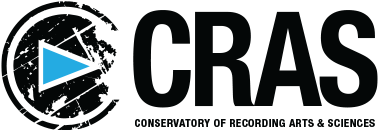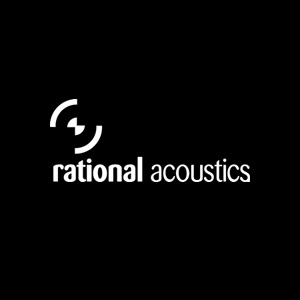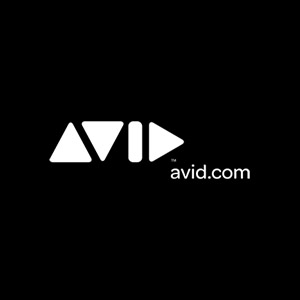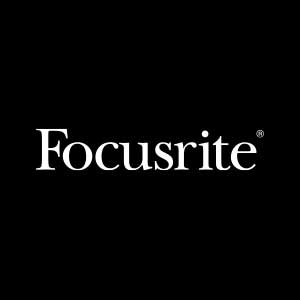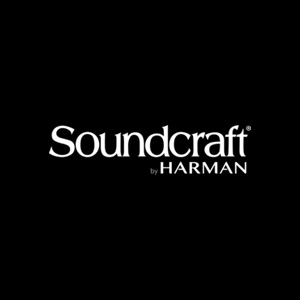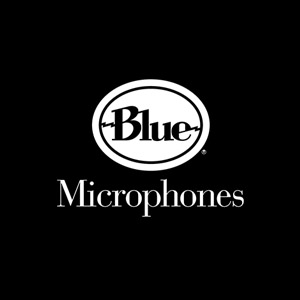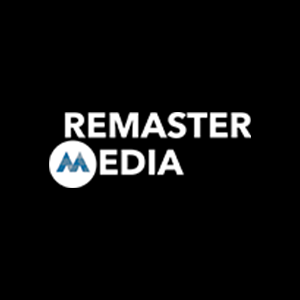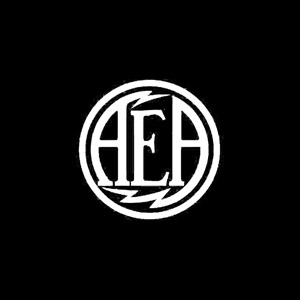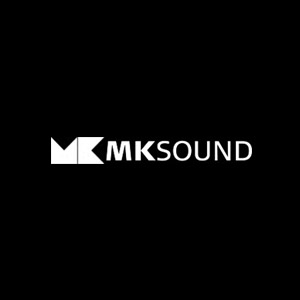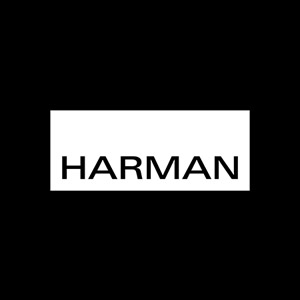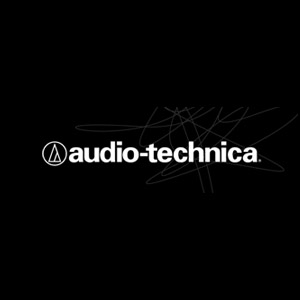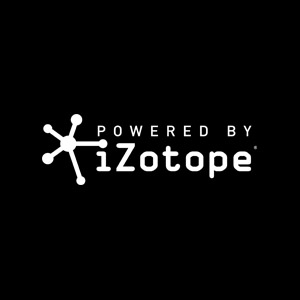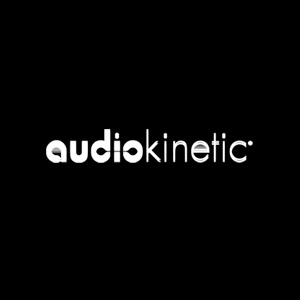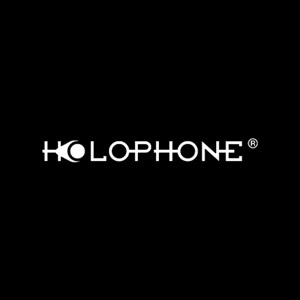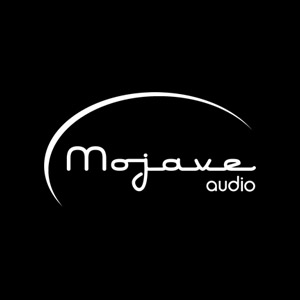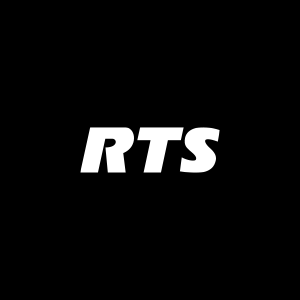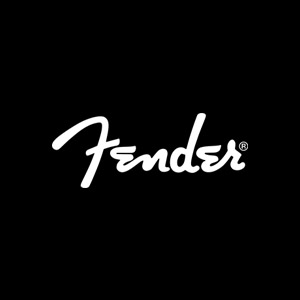The presence of broadcast audio in the curricula of the hundreds of post-secondary schools that teach media production continues to be minimal, but it’s still probably better than it has ever been and is getting better. Given more than a decade of decline in music production as a career path, more schools have become aware of broadcasting as a route to fill that void. Both state colleges and for-profit schools are increasingly investing in broadcast technology and courses.
Chris Davie, a principal in Sonority Group, worked for 14 years at SAE Institute, an audio-centric university with campuses and facilities in 54 cities in 30 countries, the last four as the school’s VP of operations. From his current vantage point as a media-education consultant, he says broadcast sound has gained a foothold in both student and administrator awareness.
“We saw it gaining traction at SAE in recent years, mainly in Europe and Australia,” he says, in part because those markets are dominated by state-owned broadcasting companies with more-robust employment practices than the mostly freelance-based culture in the U.S.
However, even here, Davie says, broadcast education has been looking up, especially at the state schools, which have a tradition of investing in campus radio and television stations. But he also cites schools’ partnerships: for example, Orlando-based Full Sail University teaches basic broadcast-audio fundamentals but has also established intern relationships with ESPN, by way of Disney’s presence in the area, and with NEP, which has taken Full Sail interns as well as those from other schools.
“Schools are starting to invest in teaching broadcast audio as more than an auxiliary piece of the audio program,” he says. “It’s becoming more of a serious focus [in education] because it’s becoming more of a serious career option for graduates. And, from the student-outcome perspective that school administrators always have to look through, they’re seeing a lot more internship and graduate job-placement opportunities in broadcasting and in sports in general.”
The Conservatory of Recording Arts & Sciences (CRAS), in the Phoenix area, has been highly proactive in building a broadcast-sports–audio component into its curriculum. Developed in consultation with Fox Sports audio consultant and senior mixer Fred Aldous, the program is now a mandatory part of the school’s year-long certification course. It comes with access to the school’s own recently acquired 42-ft. remote-production unit, which. for the second year, will connect with the Fox Sports truck that does the broadcasts for the Arizona Diamondbacks’ home games this season, providing students with hands-on experience with actual major-league broadcasts. (The students work with the audio from the games in real time, but their mixes are not sent to air but instead are archived for later educational use by the school.) Fox Sports A1 Fred Domenigoni, who mixes the Diamondbacks games, also mentors students and has taken at least one on as an intern. The truck has also visited and worked at regional NASCAR races.
The investment in the truck drew a favorable comment from Roger Charlesworth, executive director of the DTV Audio Group, which launched its own online broadcast-audio training program in 2013. “What sets CRAS apart is that, in addition to learning mixing and microphones, which you can learn in a classroom, their students also learn the workflow and the environment of the remote truck, which you can’t really experience in a classroom,” he points out. “That’s something no one’s ever been able to teach effectively before. They’re charting new territory here.”
According to Robert Brock, director of the CRAS broadcast audio department, the program is already showing results: one graduate has been doing freelance A2 work at area events, including this month’s Super Bowl. What needs to happen next, he says, at CRAS and other schools addressing broadcast audio, is to build the same kind of relationships with the broadcasting industry that the schools have traditionally had with music and postproduction sectors.
“The internships in broadcast can be more complex than in music or post,” he explains. “A lot of it is video-oriented; a lot of it is [production-assistant] work, so there’s not a lot of audio-production availability in many cases. As a school, we’re still learning where the demand is coming from, building our Rolodex. But we know it’s out there.”
Brock cites a burgeoning relationship with the Mobile TV Group (formerly Mountain Mobile TV) and several regional crew-staffing companies that are taking graduates into their own apprenticeship programs: “They’re actively looking for new hires, and they want us to pre-qualify them.”
Davie believes that what schools also need to do, perhaps in conjunction with networks (which have voiced real concerns about where the next generation of broadcast-audio specialists is coming from), is develop some kind of branding around the idea of broadcast-sports audio, to establish it as a desirable career goal. “If they could do for a career in broadcast sports what they once did for careers in recording studios,” he says, referring to the highly seductive marketing efforts of some for-profit audio schools in the past, “you’ll never be short of trained employees again.”
